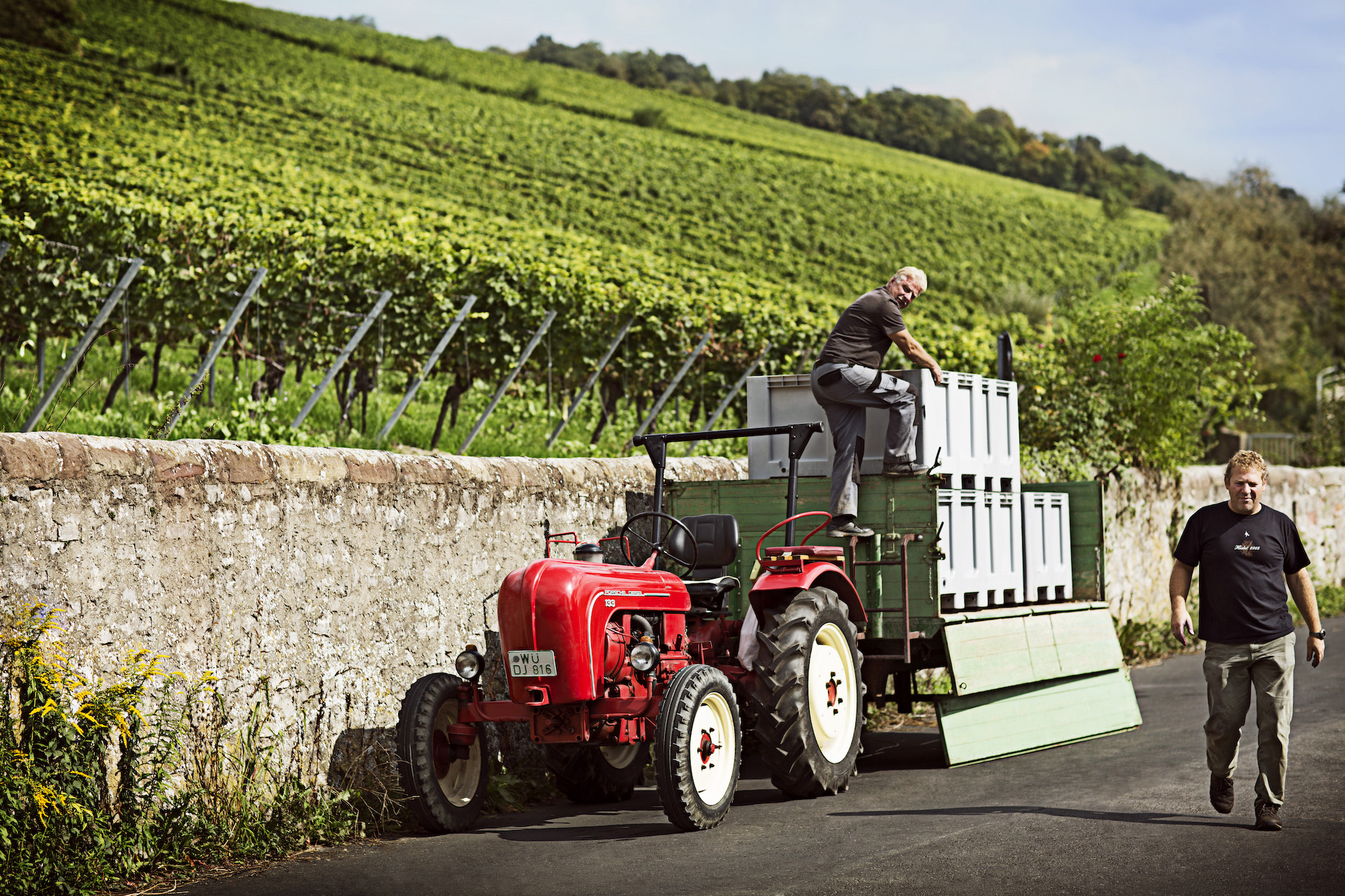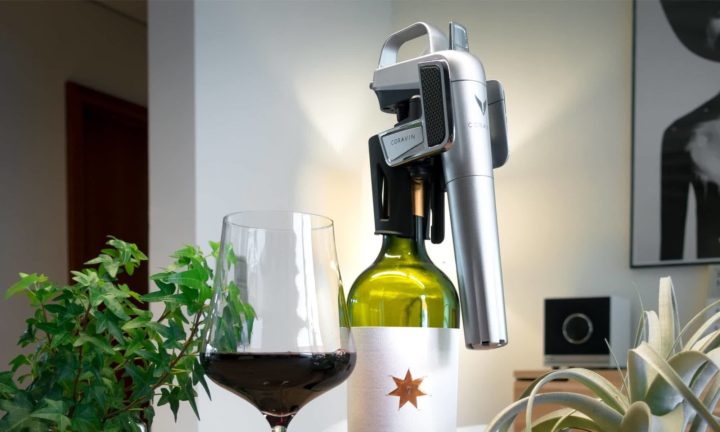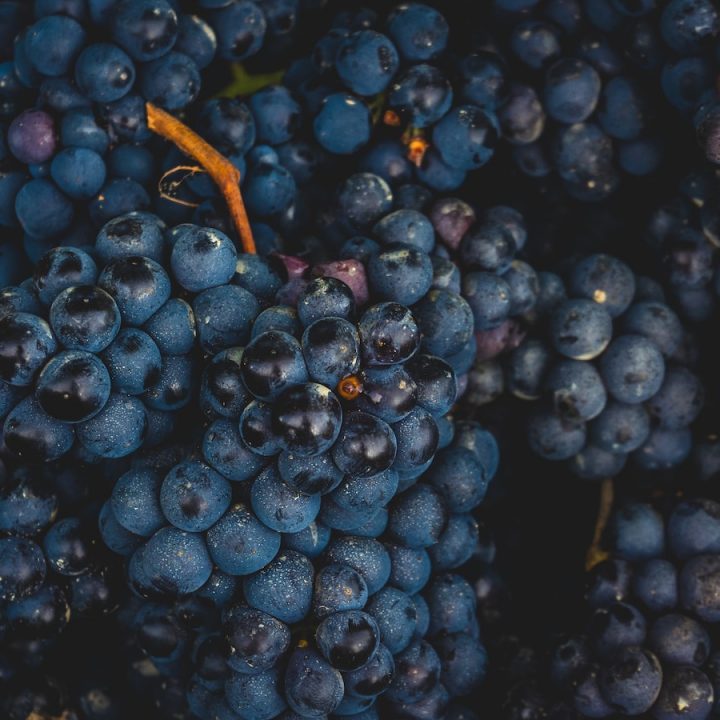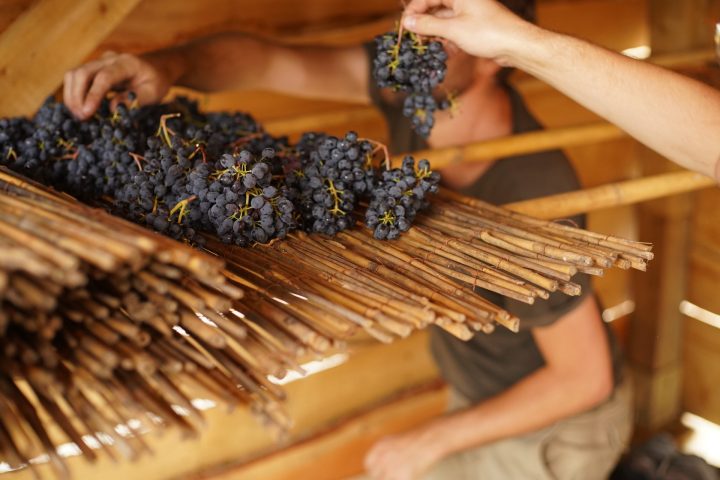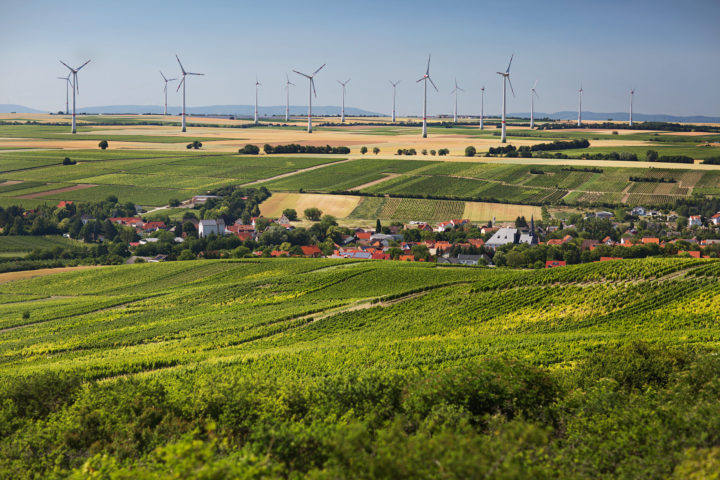With over 100,000 hectares of total vineyard area, Germany is one of the leading European wine producers. After German wine had to cope with a considerable image problem around the middle of the last century, it now belongs to the international top again. Wine culture in Germany looks back on almost 2000 years of history, when the Romans brought the first vines.
In the following article, you will learn exciting facts about German wine culture that you may not have known.
Fourth largest wine producer in the EU
Germany is the fourth largest wine producer in the EU with a production of around 8.4 million hectoliters in 2020. In this country, mainly white wine varieties are cultivated, with Riesling being considered the parade grape variety for German wines and being vinified both dry but also residual sweet or as high-quality sparkling wine.
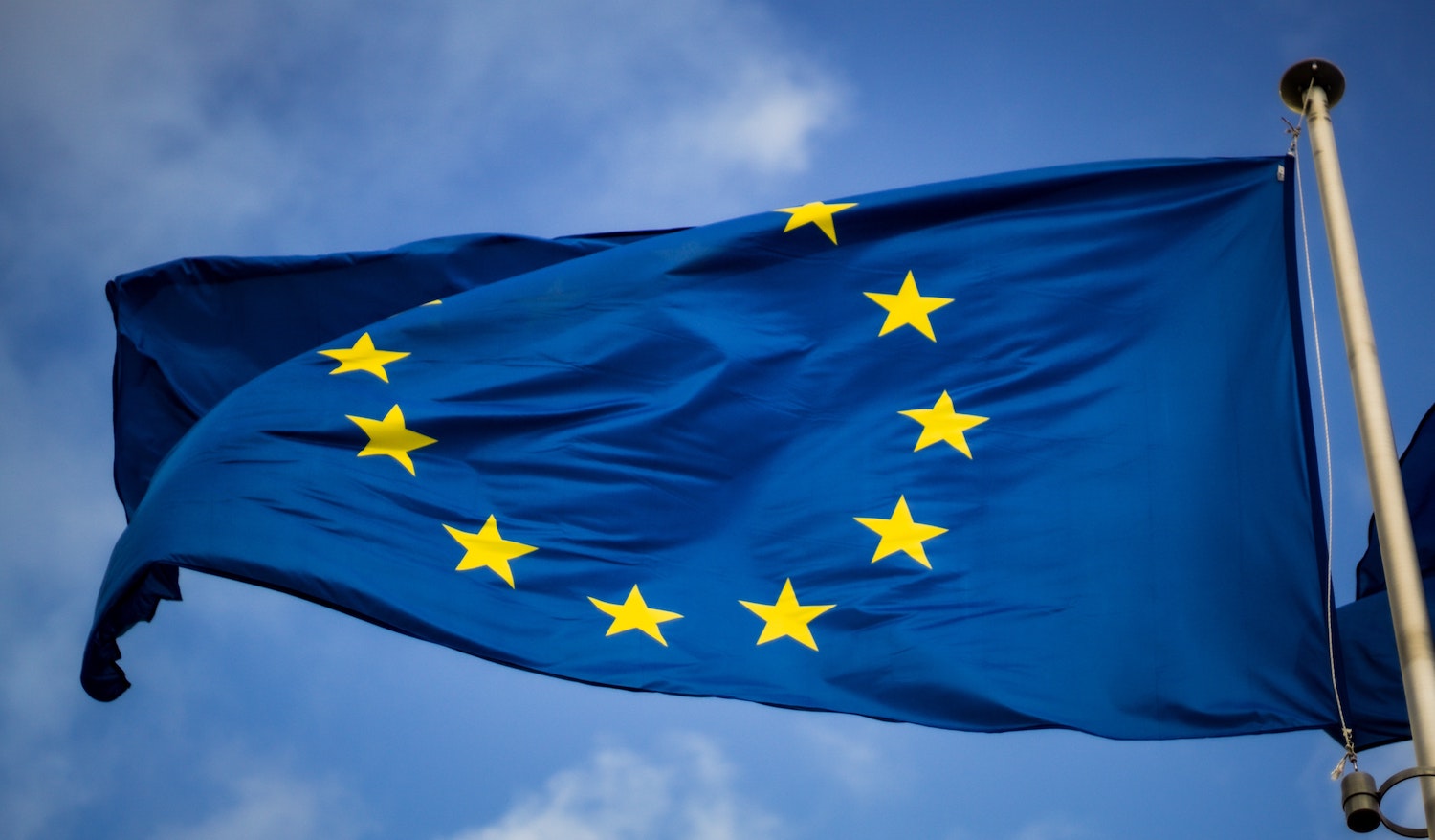
The largest German wine region is Rheinhessen
Also known as the “Land of 100 Hills,” Rheinhessen is the largest wine-growing region in terms of its vineyard area. With almost 27,000 hectares, almost 1/5 of the total area of the region is planted with vines. In this area, on the left bank of the Rhine, some of the best and most prestigious wines in Germany are produced. Before the First World War, Rheinhessen wines achieved record prices at international auctions.
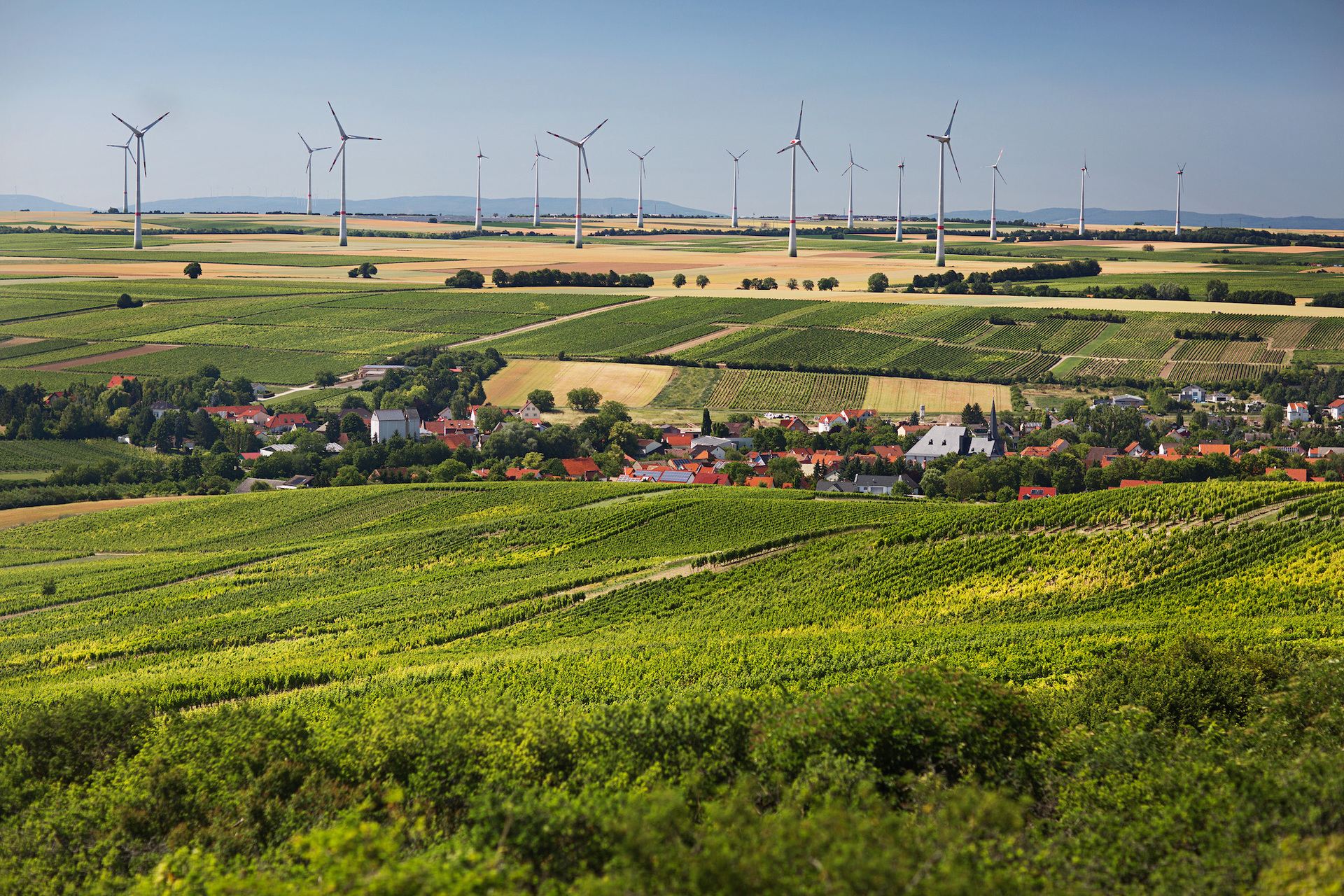
Germany produces a variety of wines
On the international scene, Germany is known above all for one grape variety – Riesling! Especially the residually sweet and low-alcohol representatives from the Mosel are still a flagship for German winemaking all over the world. But Germany offers wine lovers so much more.
Almost 140 grape varieties can now be found in German vineyards. The vast majority of them are white grapes. In addition to fruity white wines, connoisseurs can also look forward to elegant, fruit-driven red wines. The Spätburgunder / Pinot Noir in particular feels right at home in the cool German climate. Germany now also plays in the top league when it comes to sparkling wine. Thus, traditionally produced vintner sparkling wines are in no way inferior to French champagne, except perhaps in price.
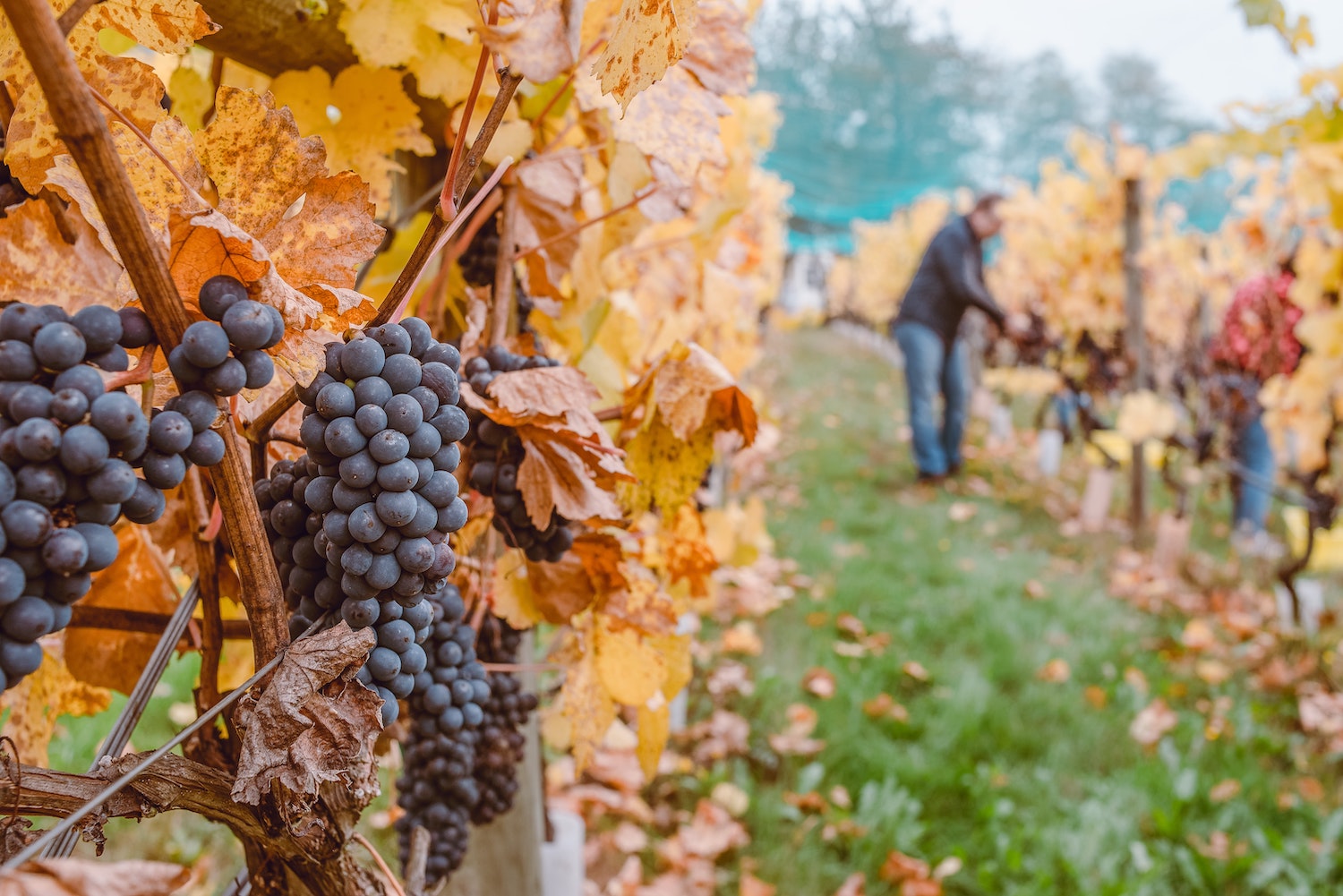
Germany has an ideal climate for viticulture
The climate in Germany provides an ideal environment for many grape varieties. In fact, the country is one of the climate winners (in terms of wine). Not least thanks to the rising temperature, a significantly higher variety of vines could be cultivated in the vineyards in recent decades, which greatly expanded the spectrum of German wine. In the meantime, even heat-loving grapes such as Syrah can be found in some experimental plants, which are being grown there with increasing success.

Riesling, Pinot Noir and Müller-Thurgau – Germany’s most popular grape varieties.
Germany is and will remain Riesling-Land for the foreseeable future! Over 23% of the total vineyard area is planted with the queen of grape varieties, as Riesling is called by fans. Only recently has one of the most sought-after international red wine grape varieties – Pinot Noir – come in a distant second. The red grape feels right at home in Germany’s cool climate and produces some world-renowned red wines here. Third place goes to good old Müller-Thurgau, which until the 1990s was even ahead of Riesling in first place. However, the consistent quality turnaround of many winemakers ensured that its vineyard area has shrunk by around 12,000 hectares since 1995. Nevertheless, it is still one of the most important grape varieties in Germany, used mainly for simple wines in the basic segment.
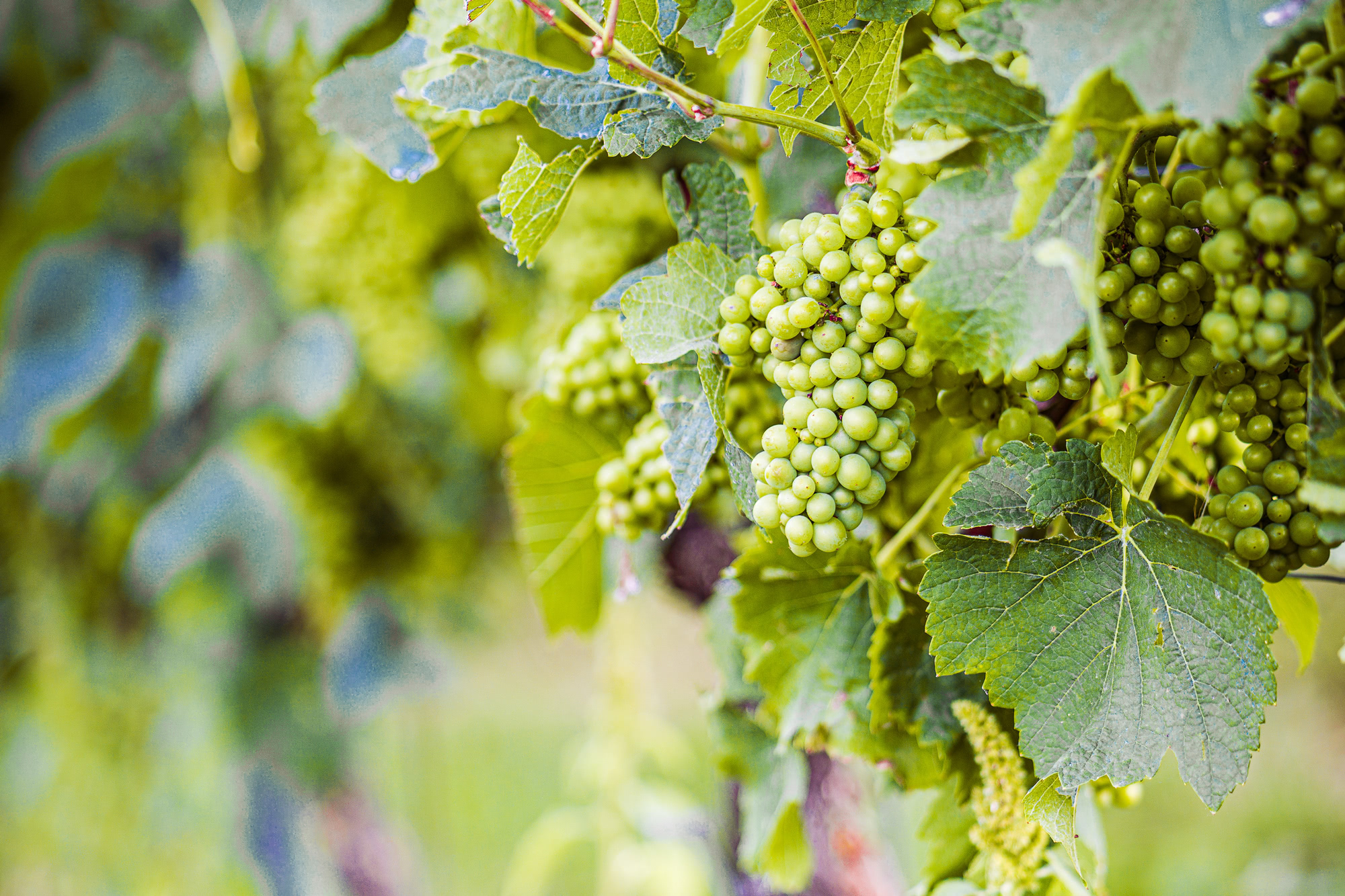
Bremmer Calmont – The steepest vineyard in Europe
The fact that some of the best wines thrive excellently on steep slopes has long been known on the Moselle. In close proximity to the small village of Bremm is the Bremmer Calmont. The mountain, which is up to 300 meters high, has a slope of up to 60° and is considered the steepest vineyard in Europe. The cultivation of such steep slopes is only possible by manual labor and is by no means harmless.

Bad Dürkheimer Wurstmarkt – The largest wine festival in the world
The Dürkheimer Wurstmarkt is the largest wine festival in the world and is held annually on the second and third weekends of September in Bad Dürkheim. In the two years 2020 and 2021 the folk festival was cancelled due to pandemic. The Dürkheim Sausage Market has existed since the 15th century, attracts more than 1 million international visitors annually, and owes its name to the brisk trade in sausage products in its early days.
Today, the sausage market is a magnet for wine lovers from all over the world and a real attraction for the small village in the Palatinate. A special highlight is the Dürkheim giant barrel. However, the largest barrel in the world does not contain wine, but houses a restaurant.
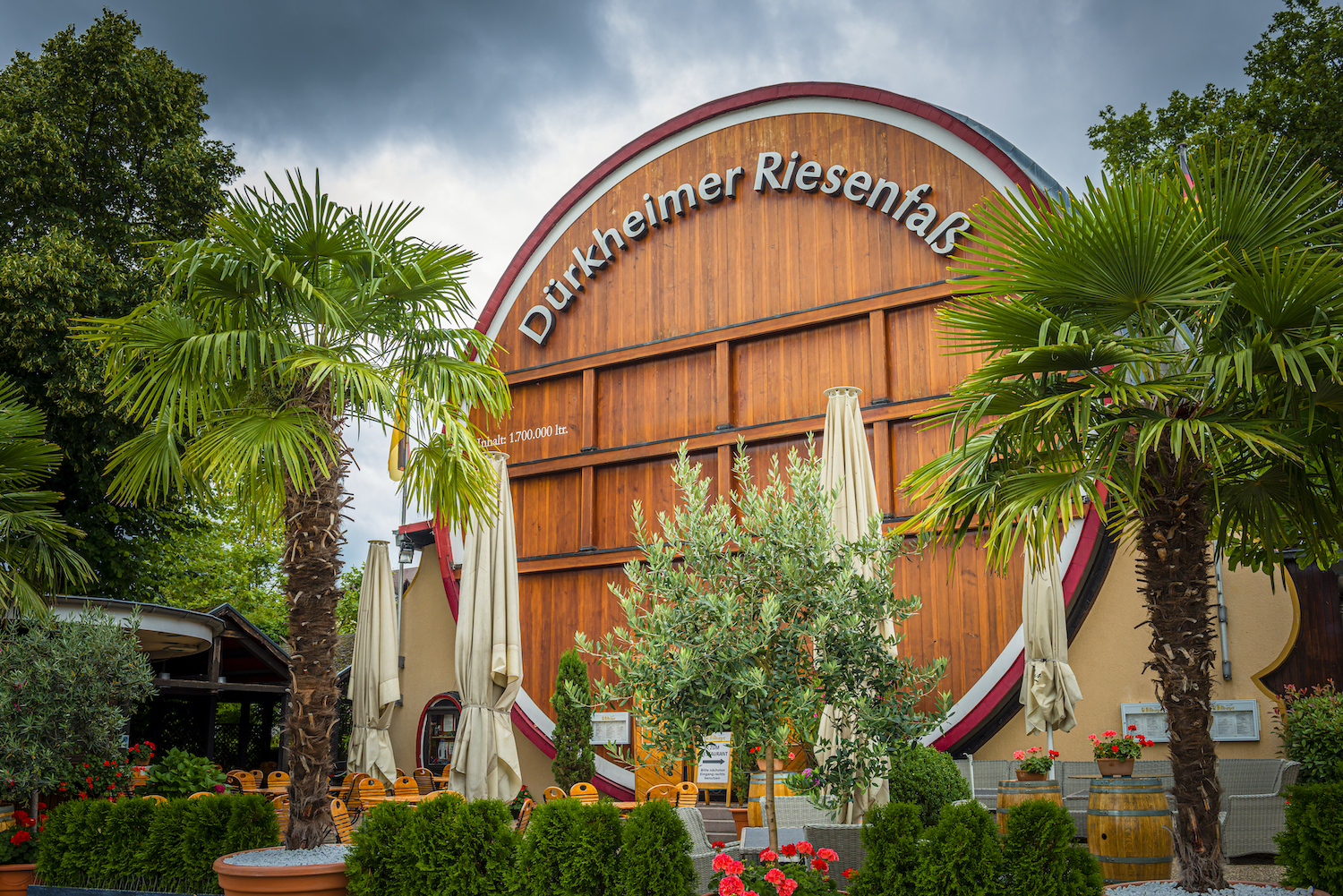
German Wine Queen – International Ambassador for German Wine
The German Wine Queen is an international ambassador and representative of German wine and was first crowned in 1931. The annual election is organized by the German Wine Institute and takes place, with some variations, in Neustadt an der Weinstraße (Palatinate). There are 13 area wine queens of the wine-growing regions to choose from, who have to prove themselves in a competition in front of a jury of experts. The coronation of the German Wine Queen is broadcast live (gala) and as a recording (interview round) by SWR every year in October. By the way: Until 1999, the rule was still that the candidates could be single, i.e. not married or divorced. Fortunately, this regulation has since been abolished.

Schloss Vollrads – Oldest winery in Germany
German viticulture is a true cultural asset and at no other winery can the long history of German wine be experienced as closely as at Germany’s oldest winery – Schloss Vollrads in the Rheingau. The oldest wine invoice documenting the sale of wine at Schloss Vollrads dates back to 1211. More than 800 years later, the Schloss Vollrads winery still stands for first-class Rheingau Riesling.

Hesssiche Bergstraße – The smallest growing area
Compared to Rheinhessen, Germany’s largest wine-growing region, the Hessische Bergstrasse is a veritable dwarf. With only about 450 hectares of vineyards, it would fit almost 60 times into the largest German wine-growing region in terms of area. But size also plays a subordinate role in wine. Due to its protected location on the western slope of the Odenwald and the climatic influence of the Upper Rhine lowlands, Germany’s smallest wine-growing region has been given the beautiful nickname “Germany’s Riviera”. With almost 1700 hours of sunshine a year and an average annual temperature of 10.9 °C, this nickname is quite appropriate. In the region, the history of viticulture can be traced back to the 8th century in the Lorsch Codex.
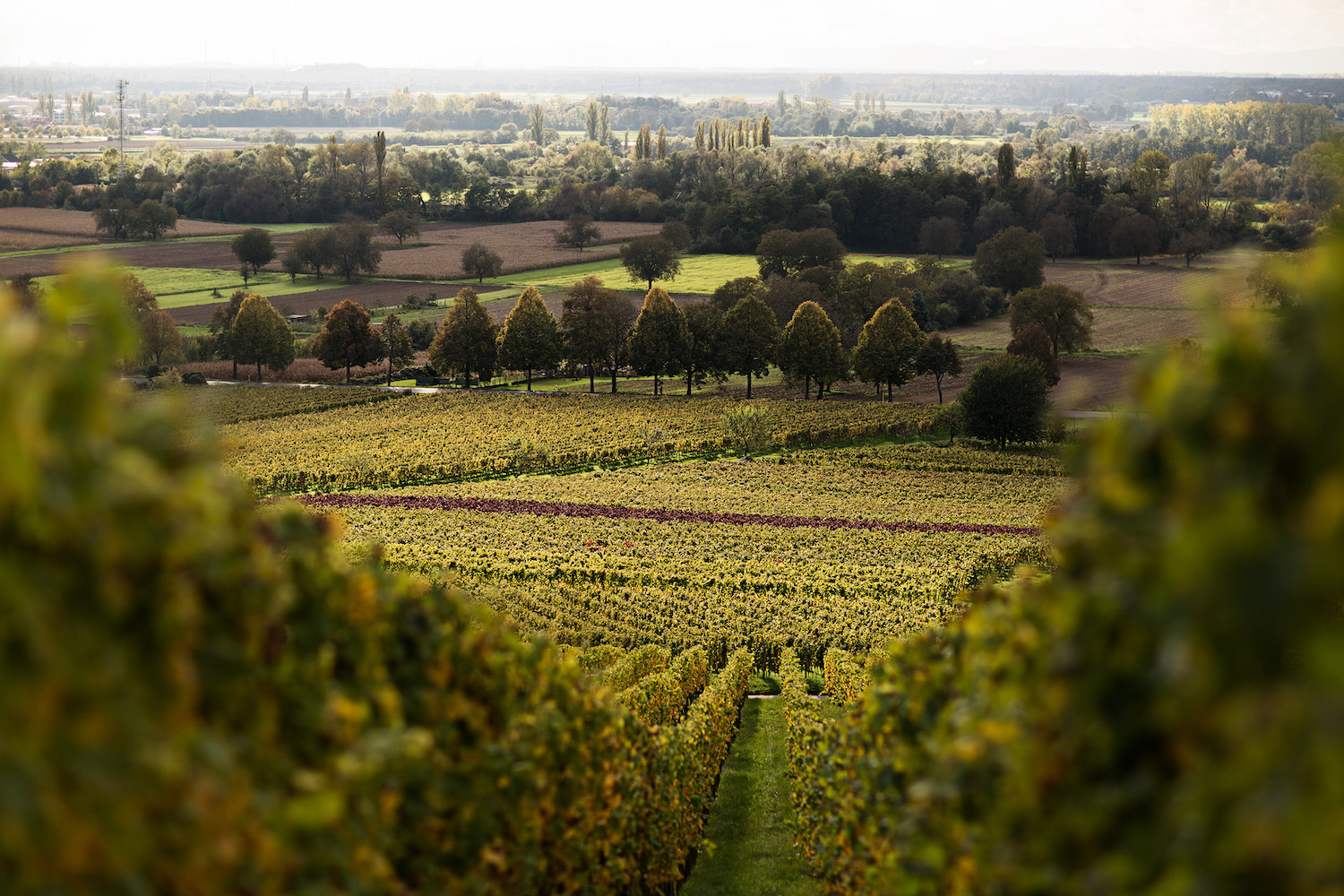
Versatile and Wonderful – German Wines
And? Did you already know all the facts or could you learn something new in this article? Of course, there is much more to learn about Germany and its wine culture, which is deeply rooted in the country’s history and which we will take a closer look at in a separate article.
Cover image: © German Wine Institute (DWI)
